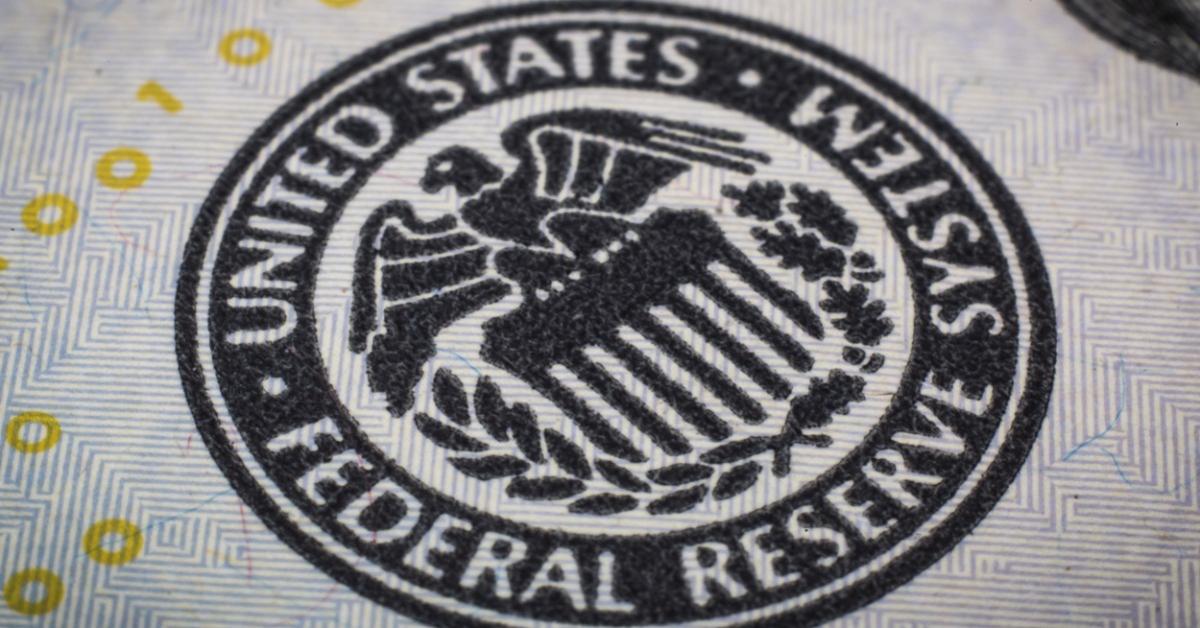An ongoing debate concerns the plunge in the four-week Treasury note yield in relation to the three-month Treasury yield. At least one tweeter claims it’s all about the coming debt ceiling showdown with the difference in rates (3.145 percent versus 5.070 percent) reflecting the risk of having liquidity tied up within three months as the debt ceiling exercise is run through DC sausage making.
On the other side is Eurodollar University’s Jeffrey Snider who tweeted in response, “The behavior of bills today, esp. 4w[eek], was way too like April 2008 not debt ceiling. Just massive demand for these things to the point that it’s 2008-style below other money alternatives. This ain’t debt ceiling rather pure collateral run.”
Snider tweeting again:
Let’s put this to rest right now: bills and debt ceiling. [Yields] don’t fall for debt ceiling, they rise when [money market funds] get nervous. In ’11, collateral squeeze pushed [yields] down to near zero. Then debt ceiling in July rates briefly jumped. Went right back to collateral within days.
Also in the collateral run camp are CrossBorder Capital’s Michael Howell and Real Vision’s Raoul Pal. Howell told Pal, “Look at the term premia on the US Treasury market, it’s published every day by the New York Fed. That number is not just negative. But if you take out the inflation trend in that data, it’s the most negative it’s ever been.”
“Term premia” is short for term premium. The Federal Reserve says, “The term premium is defined as the compensation that investors require for bearing the risk that interest rates may change over the life of the bond. Since the term premium is not directly observable, it must be estimated, most often from financial and macroeconomic variables.” Time means risk and term premia should be positive. But as Howell points out, it’s not just negative but the most negative ever.
Howell continues:
[Term premia is] the lowest they’ve been since records began in 1961. Now, what is that telling you? It’s telling you there is an excess demand for collateral in the system. And that is a fundamental problem. That’s why the financial system is potentially fragile. It’s another way of saying why the central banks are going to keep coming back and papering over the cracks with more liquidity. (emphasis added)
Raoul Pal believes Basel III plays a big part with the massive holding of collateral creating an endless collateral shortage
which endlessly makes the dollar go up, because it’s a game of musical chairs, because the whole world was a dollar funding mechanism. And as you say, they have to keep papering over the cracks. Because when something goes wrong, there’s not enough collateral in the system. And it happens, time and time and time again.
If you’re wondering about what all this talk about collateral is, according to Investopedia, reverse repo transactions
are essentially collateralized loans. The difference between the original purchase price and the buyback price, along with the timing of the transaction (often overnight), equates to interest paid by the seller to the buyer. The reverse repo is the final step in the repurchase agreement, closing the contract.
The only useful collateral in repo transactions are US Treasuries and German bunds. “Actually,” Howell says, “if you look at the fixed income markets globally, there are principally two markets worldwide, the bund market and the US Treasury market, where you see this phenomenon of very negative term premia. And those are the two markets where you could call pristine collateral.”
There is something called repo fails:
“Failures-to-deliver” occur when either sellers fail to deliver or buyers fail to receive securities in time to settle a trade. Settlement of a trade is the point at which the seller is required to deliver the securities agreed upon in the trade and the buyer has to deliver the funds to pay for the securities.
Repo fails were over $50 billion in March of this year and have decreased slightly.
It sounds like it should be a big deal when a seller fails to deliver securities to settle a trade, and it is. “Not only does the original trade fail, but the party that bought the securities may have already pledged them in a subsequent trade, and now that trade too will involve a failure-to-deliver, thus creating a cascading effect.”
The above paragraph gives you a peek inside today’s financial system: a party buys securities overnight and pledges those securities to another party who pledges those securities to another party who . . . You get the idea.
Anything could upset this delicate balance, so it’s no surprise the Fed reported that bank discount window borrowing was $152.9 billion a week ago and dropped a bit to $110.2 billion this week. The discount window serves as emergency credit to depository institutions. Bankers go to the discount window as a last resort because there is a stigma attached to borrowing from that facility, raising red flags with regulators.
Evidently the discount window does not provide enough emergency dry powder these days, or shall we say the terms aren’t loose enough. Now there is the Bank Term Funding Program (BTFP) which provided $53.7 billion in funding to stressed banks this week after lending $11.9 billion during its first week.
The key word is “term.” The BTFP offers loans of up to one year to banks, savings associations, credit unions, and other eligible depository institutions. Institutions can pledge any collateral eligible for purchase by the Federal Reserve Banks in open market operations, such as US Treasuries, US agency securities, and US agency mortgage-backed securities with that collateral valued at par no matter what the market value is. Banks can borrow up to 100 percent of that par value at the overnight swap rate plus ten basis points. No fee will be charged. Banks can borrow from the BTFP cloaked in darkness until March 11, 2025.
The regulators don’t want you to know what banks are in trouble and trust you’re not paying attention to the machinations in Treasury and repo markets. Howell states the financial system may be potentially fragile. That would be a massive understatement.























